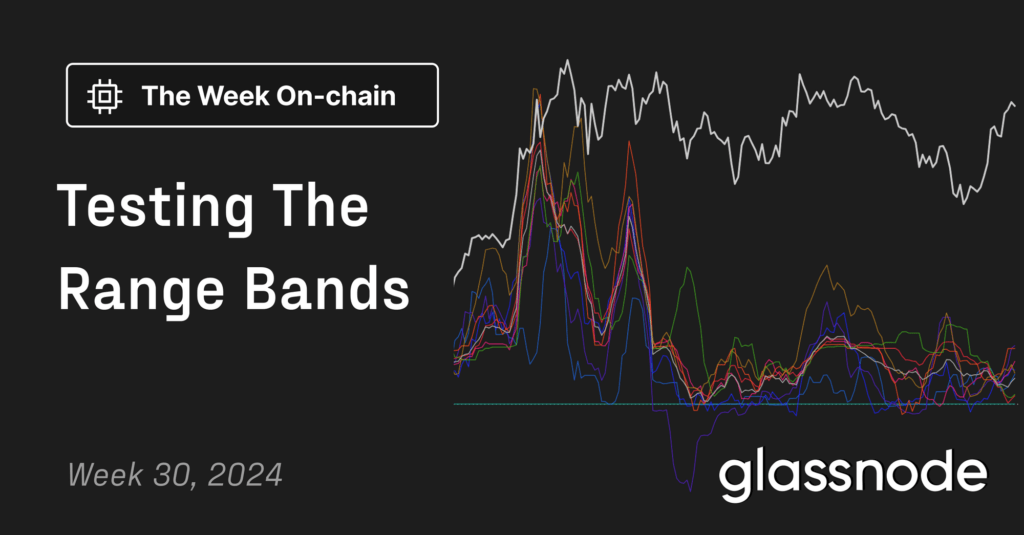Research Summary
The report discusses the concepts of Implied Volatility Rank (IVR) and Implied Volatility Percentile (IVP). These statistics measure how the current level of implied volatility (IV) compares to the historical range of values for IV. The article explains how to calculate IVR and IVP, their differences, and how they can provide context to the IV figure. It also highlights that while volatility is mean reverting over the long term, it can maintain extreme values over the short term.
Actionable Insights
- Understanding IVR and IVP: Both IVR and IVP provide context to the IV figure by comparing the current IV for an asset to historical values of IV for that same asset. They simplify this comparison down to a single value between 0 and 100.
- Calculating IVR and IVP: IVR is calculated as (Current IV – IV Low) / (IV High – IV Low) * 100, and IVP is calculated as Periods Lower / Total Periods * 100. The only data required to calculate both of these statistics is the last year of historical data for the DVOL index.
- Interpreting IVR and IVP: IVR is more sensitive to outlier values, while IVP can be overly sensitive to small changes in IV. They can provide different impressions of the IV, so it’s useful to see both.
- Considerations for Trading: Extreme readings of IVR and IVP may tilt the odds in favor of mean reversion, but there is no guarantee. Volatility can maintain extreme values over the short term, and it can still increase or decrease further even when IVR and IVP are at their maximum or minimum values.











